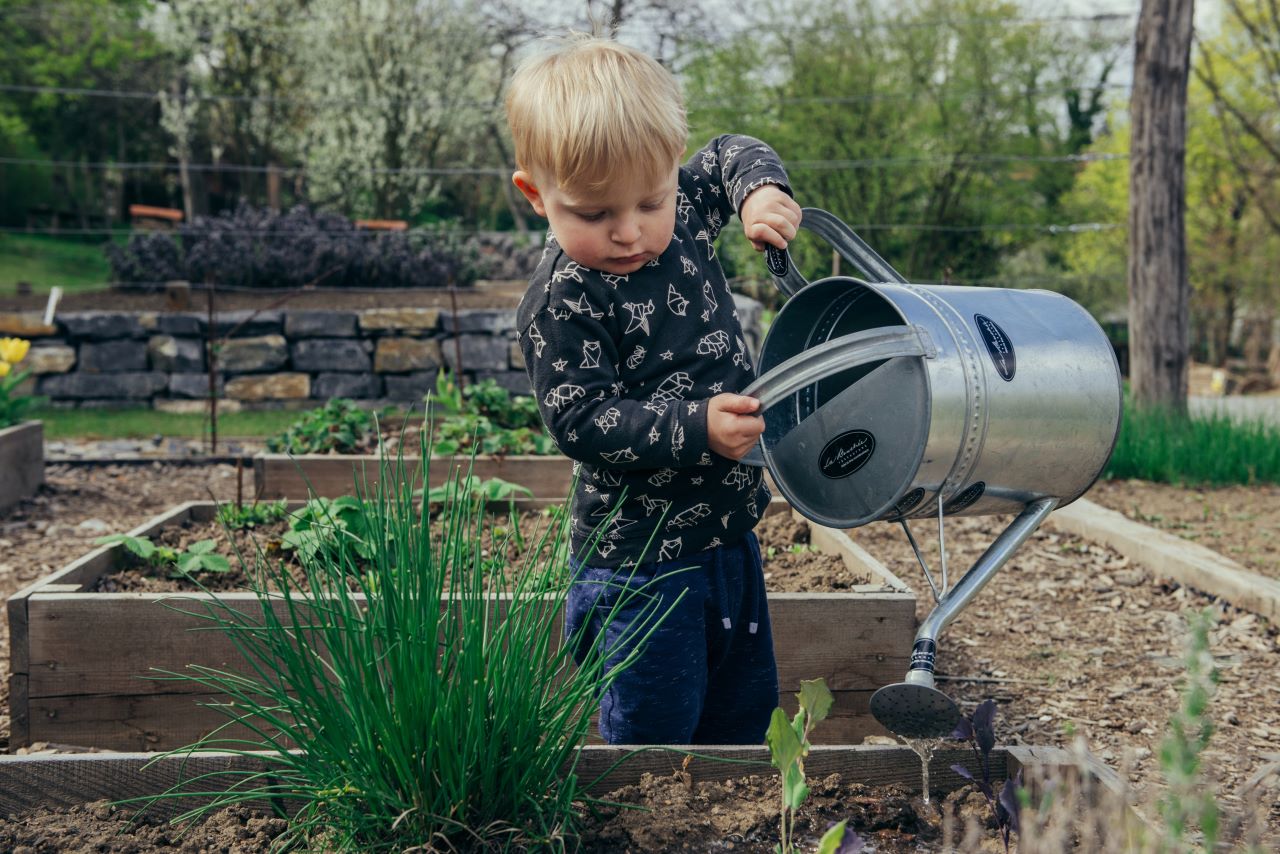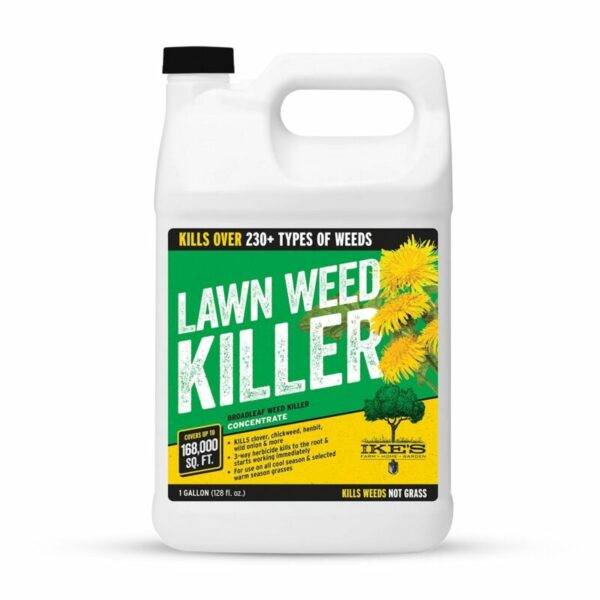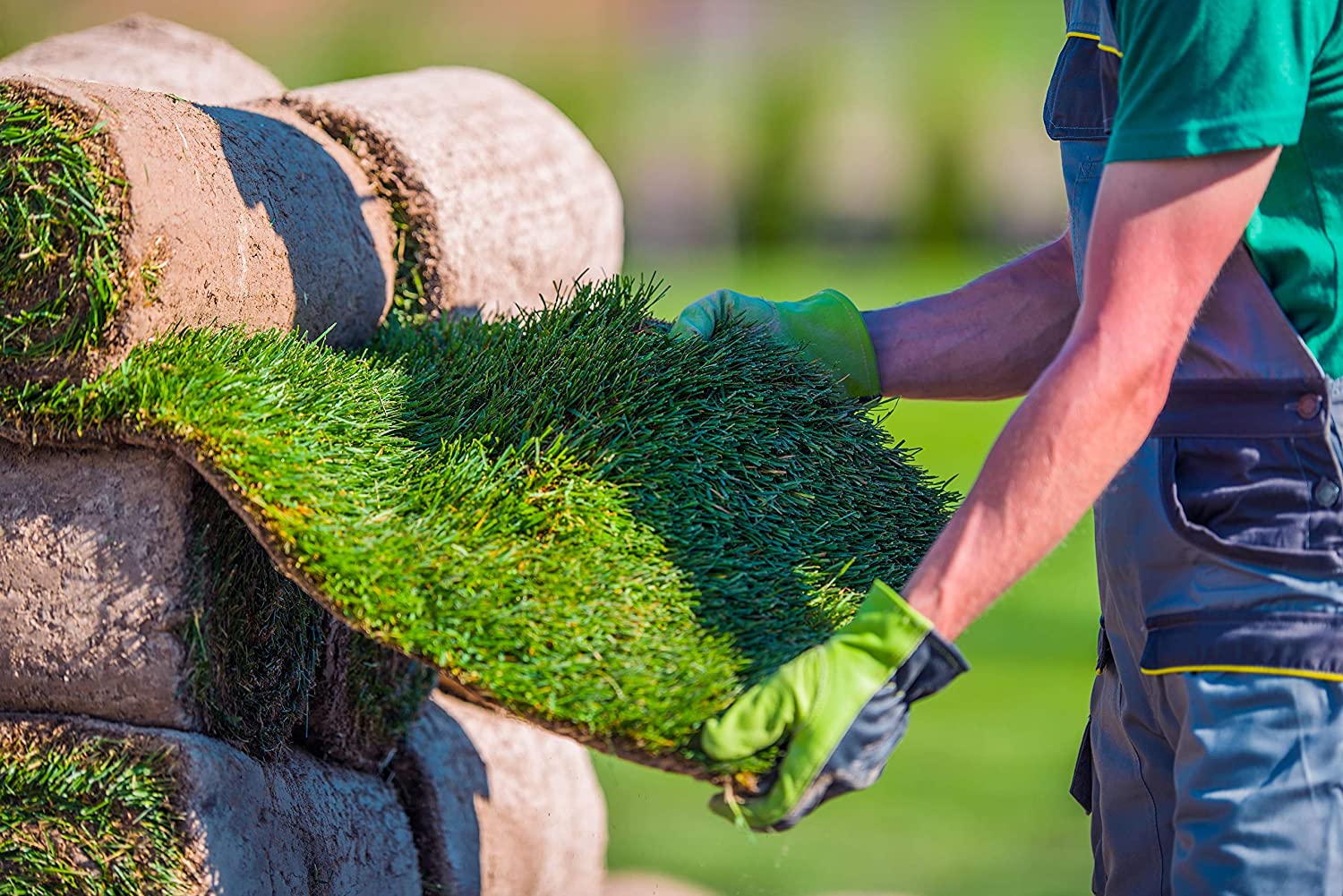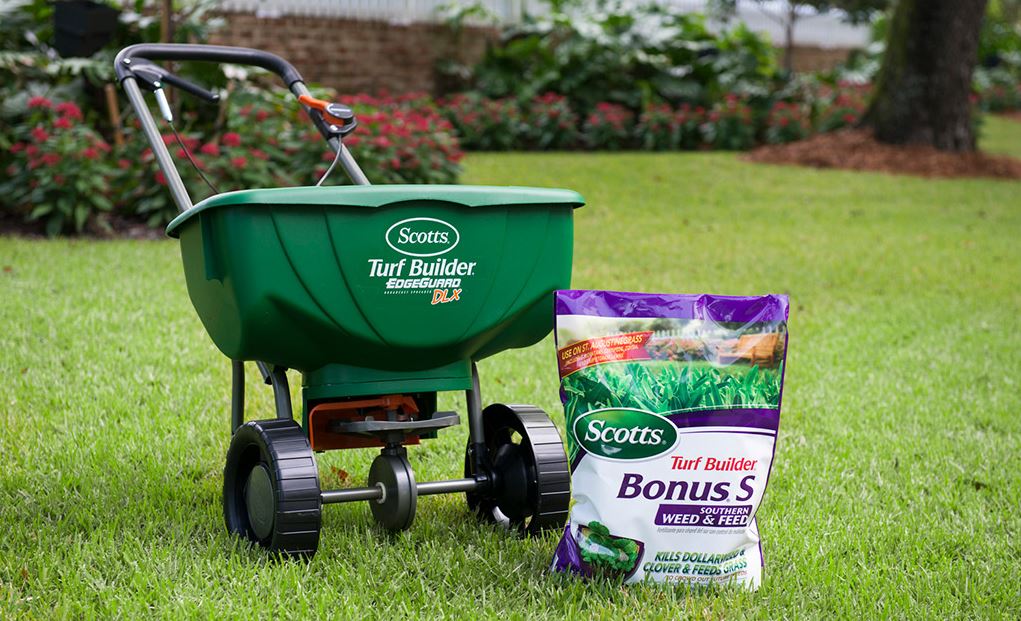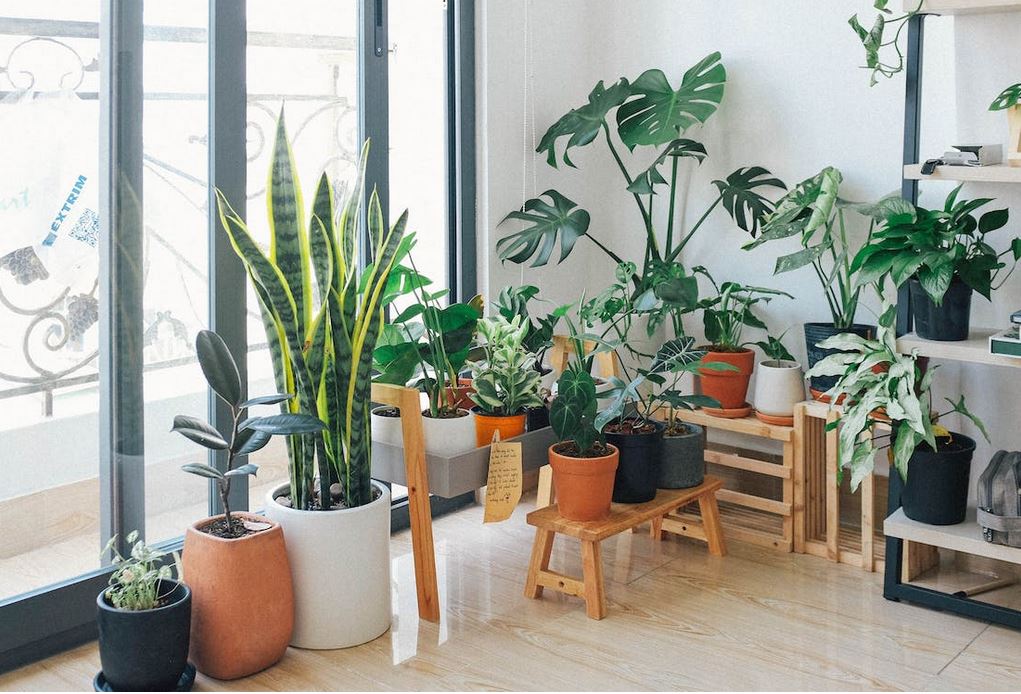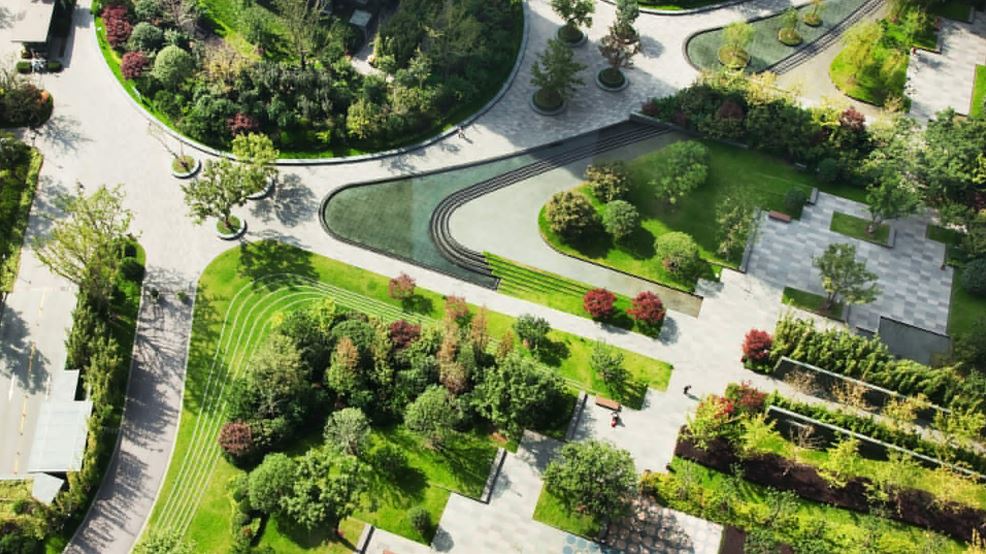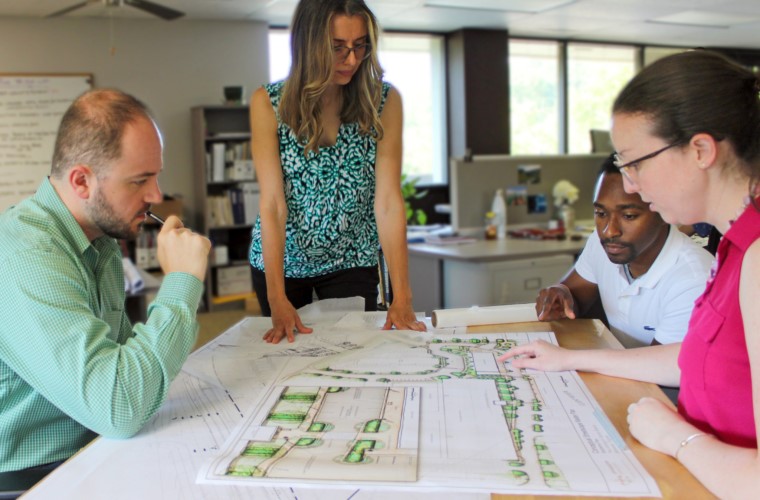If this is your first-time gardening, you’re probably worried about what to plant and where to begin. Even though Gardening Know How contains a ton of advice for beginning gardeners and solutions to many of your queries, knowing where to start your search may be a difficult obstacle. Due to this, we have put together “A Beginner’s Guide to Gardening,” which includes a selection of widely read articles on how to start a garden at home. Don’t let gardening frighten you; instead, be passionate about it. We can help whether you have a lot of room, a little space, or none at all. Let’s get right in and get going!
Getting Started
We applaud you if you wish to start a garden in your yard. The ideal time of year to connect with nature and look for beginner-friendly gardening advice is in the spring. You may grow your favorite flowers or make the most of your outside space by creating a veggie plot; whether you have a green thumb or not.
When making your favorite garden ideas a reality, there are a few unbreakable principles to follow. If you consider the temperature, hardiness zones, and a plant’s demand for water, you’ll be OK.
Gardening is enjoyable and satisfying. What could be more pleasant than eating food you have produced yourself or having dinner outside on your terrace while the perfume of your own fragrant plants fills the air? Knowing when and how to start a garden might be challenging, but we can help you every step of the way.
View the following 10 novice gardening suggestions.
Choose the best location to start your garden
The ideal location is one that is convenient for you—somewhere you will frequently see and pass by. Although the garden in the rear of the yard, behind the shed, may receive the most sunlight, if you don’t consistently visit it, you could forget about it.
Looking for a location with at least 6 to 8 hours of daylight is ideal for this site, which ideally receives morning sun (more is ok). In warmer places like Arizona, you might need to give shade throughout the summer. Use the Sun Seeker app to check your sun exposure (or similar). gives you the ability to check how much sunshine each region receives. Additionally, there should be a water supply nearby or reachable via hose.
Choose the Plants You Want to Grow in Your Home Garden
In your vegetable garden, don’t plant anything you won’t eat. Focus on the fruits, veggies, or herbs that your family loves the most (I make an exception for flowers since, edible or not, I prefer to see at least a few in every garden).
Ensure that your top selections make sense for the location. Determine your gardening zone and the dates of the first and final frosts. Find out which crops thrive in your region by speaking with prosperous gardeners there, if you can.
Avoid attempting to grow anything like a gigantic pumpkin, which can spread over a very vast area, if you only want a modest garden. Do you want to arrange for enough veggies to eat fresh or for storage? Although it’s usually better to start your garden with a focus on fresh food, certain veggies are quite simple to preserve.
Learn how to plant
Your plants will grow well and survive a long time if they are planted correctly. Prior to planting, take the time to weed, prepare the soil, and, as needed, add mulch or fertilizer. Instead of merely hoping for the greatest results when planting something, search online for directions. Trees that are planted too deeply won’t ever flourish, and root-balls that stick out over the soil’s surface will dry up rapidly, killing the plant in the long run.
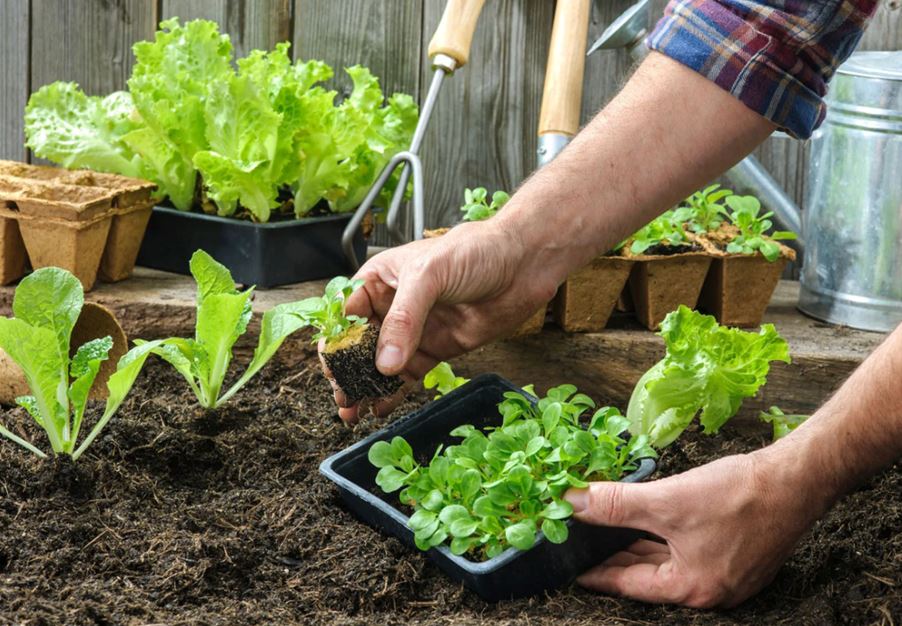
Get some basic gardening equipment
You’ll need some basic gardening equipment to get started once you have a plan in place. Here is a list of some of the equipment needed for gardening. You will need:
The essentials. Every gardener needs a pair of pruning shears as a tool. By removing the dead plant components, you may preserve the health of the plants and shrubs by utilizing these to prune them back.
Tools for digging. In order to start planting your greens, you will need a few tools for digging and preparing the soil. A shovel, a trowel, and a garden fork are required. The garden fork is used to break up huge clumps of dirt or to remove the roots of weeds and old plants, while the spade and trowel are used to dig the holes for your plants.
Tools for watering. A watering can and a garden hose (pipe) work best for liberally watering your garden. For major jobs like watering trees and broader areas, a garden hose is ideal. Use a watering can for delicate and tiny plants. Your young plants will appreciate the little sprinkle because they can’t handle the heavy pressure.
Tools for weeding. A forked trowel and a gardening knife are necessary to combat the weed issue and eliminate these unwelcome plants. With the help of these two useful instruments, you can keep the invasive plants at bay.
Start small
It might be tempting to tackle everything at once when beginning a fresh vegetable patch or allotment. A little at a time is far better than all at once. While working on another location, you may simply prevent weeds from sprouting in places that you don’t want to cultivate by covering them with cardboard or black plastic.
Be kind to wildlife
Insects and their larvae defoliate plants, birds devour our fruit, and mice nibble on our pea and bean seeds, according to many people who are new to gardening. However, wildlife may also be helpful in the garden. Garden pests including snails, slugs, aphids, and caterpillars are all eaten by birds. Our food crops are pollinated by bees. Without the wildlife that a garden supports, including frogs, toads, hedgehogs, bees, butterflies, and birds, it wouldn’t be nearly as delightful. The secret to appreciating your area is to provide habitats for them and to learn how to coexist in your garden with them.
Try growing some easy fruit and vegetables
Container gardening makes it simple to cultivate a variety of fruits and vegetables. If you’ve never grown anything before, strawberries, blueberries, dwarf beans, peas, radish, lettuce, or potatoes are all simple to start with.
Water your plants right
Giving your plants enough water to survive is the intention, but overwatering them might result in waterlogging, which can harm your plants.
Watering your plants gradually and deeply into the soil is the best method. The soil should ideally become wet at a depth of 3–4 inches. In the heat of summer, plants require extra water. For the best plant development in the summer, read our guide on watering plants.
Different amounts of water are needed by plants at various stages of growth. Young plants require daily watering to promote root health and growth, however mature plants only require watering every one to two weeks, depending on the climate.
Add some mulch
Apply a layer of mulch that’s 2 to 3 inches deep around each plant. This will help reduce weeds by blocking out the sun, and reduce moisture loss through evaporation, so you have to water less. For a polished look, put down a layer of Scotts® bagged mulch. Or, you can put down straw, shredded leaves, pine straw, or some other locally available material.
Happy Harvesting!
Harvest crops as soon as possible for the finest quality when they reach maturity. Typically, lettuce and other leafy greens are “cut and come again,” meaning you may clip off the leaves and they will grow back for another harvest.
Each two to three days, harvest the beans and peas. Sweet corn should be harvested when cobs are fully developed and silk is black. Tomatoes and peppers can be picked fresh or after they have reached their full flavor and sweetness.
When the morning dew has dried off but before the afternoon heat has descended, flavor is often at its height. Pick what you think tastes the best after sampling. For more on harvesting and storing techniques, see How to Grow and Cook Nutrient Dense Foods.
Spend time each day in your garden
Every morning, stroll through your garden, ideally when the irrigation system is on. Take note of what is flourishing (hurray!) and keep an eye out for issues while they are still little and manageable. Problems (such as pests, diseases, and irrigation problems) are simple to handle while they are little. Enjoy your accomplishments and take lessons from your mistakes.

